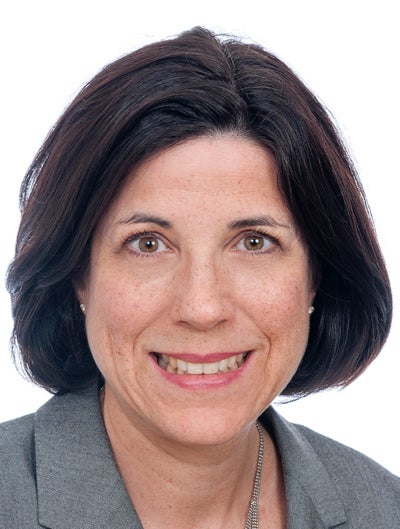Cook County’s short-lived ‘soda’ tax worked, says new study
About the research

A study of beverage sales in Cook County, Illinois, shows that for four months in 2017 — when the county implemented a penny-per-ounce tax on both sugar-sweetened and artificially sweetened drinks — purchases of the taxed beverages decreased by 21%, even after an adjustment for cross-border shopping.
The findings of the study, which was conducted by researchers at the University of Illinois at Chicago School of Public Health, are published today in the Annals of Internal Medicine.
“This study comprehensively assessed the impact, both intended and unintended, of Cook County’s 2017 sweetened beverage tax, and it showed that the tax was an effective method for reducing consumption of many beverages known to contribute to chronic health conditions, like Type II diabetes and obesity,” said UIC’s Lisa Powell, lead author of the study. “It also showed that the potential impact of the county’s tax on public health was dampened by cross-border shopping, an important potential unintended consequence of any local-level tax policy.”
Sometimes referred to as a “soda tax,” the tax was positioned by county officials as a policy instrument to both raise revenue for the county and improve population health by reducing sweetened beverage consumption.
To study beverage purchasing patterns, Powell and her colleagues tracked the quantity, by volume, of all beverages sold in and around Cook County using Universal Product Codes, or UPCs. The study included sales at supermarkets and grocery, convenience and other stores before and after the tax, which began on Aug. 2, 2017, and ended four months later on Nov. 30, when the tax was repealed. The post-tax data were compared with beverage purchases made during the same period in 2016. The researchers also compared the data with beverage purchases in Missouri’s St. Louis County, which did not implement a similar tax.
In addition to a 21% net reduction in purchases of the taxed beverages — which was adjusted from 27% to account for the increase in cross-border shopping that was observed — the researchers found that, for untaxed beverages, there was no change in purchasing behavior in Cook County or in nearby communities.
“To see no change in purchases of untaxed beverages in the border area tells us that the observed increase in cross-border shopping was a tax avoidance strategy, not a shift that impacted general purchases,” said Powell, UIC distinguished professor and director of health policy and administration.
“The data also showed that the tax was most effective when it came to larger-volume purchases, like cases or liters of soda, where the relative price increases faced by consumers were the greatest based on their low price per ounce,” Powell said.
In the study, the researchers reference “price elasticity,” which is an economics measurement of how responsive consumers are to changes in price alone.
The price elasticity of sweetened beverages in Cook County was -0.8, which Powell said is a bit lower than in other cities, like Seattle.
In another paper, which analyzed data from a sweetened beverage tax in Seattle — which notably only taxed sugar-sweetened beverages, not artificially sweetened beverages — Powell found that while sales of taxed beverages were reduced by a similar 22%, price elasticity was -1.1.
The data from Seattle, which were published last week in Economics & Human Biology, also diverged from the Cook County data in two areas: there was no notable cross-border shopping in Seattle, and there was an increase (4%) in the purchase of untaxed beverages.
“These differences in cross-border shopping patterns demonstrate that local geographic context and the proximity with which the population lives to the border communities are important considerations and must be accounted for when assessing the overall impact of a given tax,” Powell said. “Both studies contribute to the growing evidence that a sweetened beverage tax can lead to lower sales of sweetened beverages and hence may be an effective policy tool for reducing the harms associated with consumption of sugary beverages.”
Julien Leider, from UIC’s Institute for Health Research and Policy, is a co-author of both papers. Pierre Thomas Leger, from the UIC School of Public Health, is a co-author of the paper published in Annals of Internal Medicine.